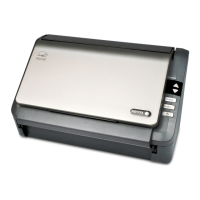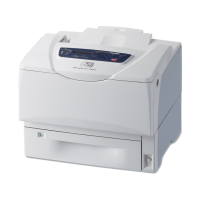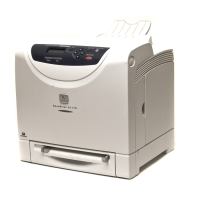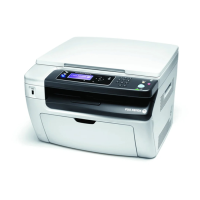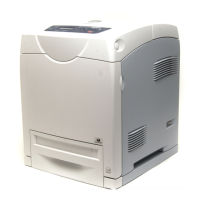6/02
1-4
DC1632/2240
Initial Actions
Prelaunch Training/Review
Service Call Procedures
Initial Actions
Purpose
The purpose of the Initial Action section of the Service Call Procedures is to determine the rea-
son for the service call and to identify and organize the actions which must be performed.
Procedure
1. Gather the information about the service call and the condition of the copier/printer.
a. Question the operator(s). Ask about the location of most recent paper jams. Ask
about the image quality and the copier/printer performance in general, including any
unusual sounds or other indications.
b. After informing the customer, disconnect the machine from the customerís network.
c. Check that the power cords are in good condition, correctly plugged in the power
source, and free from any defects that would be a safety hazard. Repair or replace
the power cords as required. Check that the circuit breakers are not tripped.
d. Inspect any rejected copies. Inquire as to, or otherwise determine, the paper quality
and weight. The specified paper for optimum image quality with this machine is TBD.
Look for any damage to the copies, oil marks, image quality defects, or other indica-
tions of a problem.
e. Record the billing meter readings.
f. Enter the Diagnostics Mode. Go to the TBD RAP if the Diagnostic Mode can not be
entered. Return here after repairing the Diagnostics entry problem.
NOTE: If a fault code is displayed while performing a diagnostics procedure, go to
that fault code RAP and repair the fault. Return to Diagnostics and continue with the
dC procedure that you were performing.
g. Go to dC135 and determine what HSFI action is required based on the customer
output volume. Refer to the Detailed Maintenance Activities section for the detailed
HSFI information. Record any items that require action.
h. Select the History File. Display and record the information in the Fail History, Jam
History, Fail Counter, and Jam Counter. Classify this information into categories:
Information that is related to the problem that caused the service call.
Information that is related to secondary problems.
Information that does not require action, such as a single occurrence of a prob-
lem.
i. Check the Service Log for any recent activities that are related to the problem that
caused the service call or any secondary problem.
2. Perform any required HSFI activities identified above. Refer to the Detailed Maintenance
Activities section.
3. Exit diagnostics. Try to duplicate the problem by running the same jobs that the customer
was running.
4. Go to Call Flow.
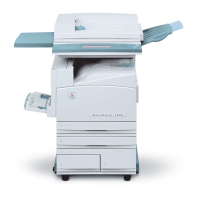
